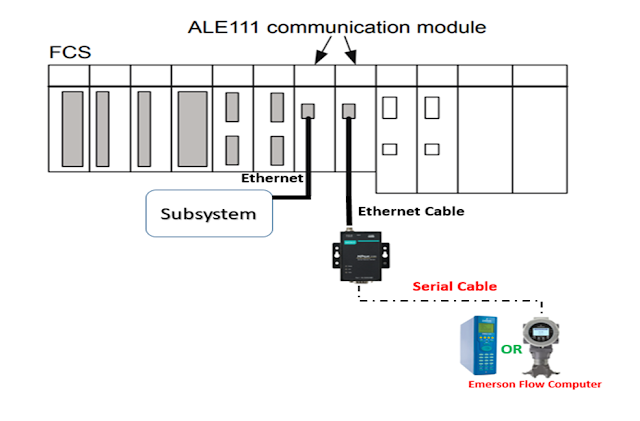I shall try to provide a simple explanation of this working principle so as to grasp this concpet very easily.
Keep in mind that Coriolis flow meter directly determines two paramters: 1) Density 2) Mass
Generally the setup comprises of inlet, flow tubing & outlet section. At the intlet when the flow enters inside the flow chamber, the it splits into two U-Shaped bended tubing. Normally both tubings vibrate at a natural frequency which is being driven by a drive coil in the mid. When the fluid enters into the tubing, its freqeuncy would be reduced as the density is inversely propotional to the vibrating frequency
Freqeuncy is inversely proportional to density
Secondly, during no liquid case both tubings shall be vibrating at the same frequency and in same phase. As the fluid enters into the tubing, it shall cause deflection in the tubings due to the Coriolis force/effect. The flow entering into the tubing and flow exiting from the tubing shall have a deflection away & toward the normal plane of line. This amount of defection is measure through two sensors installed at the IN and OUT point of the U tubing neck. This phase shift will be correlating with the mass of fluid passing through it.
Phase shift in the vibrating coil determines the mass.
So, the change in frequency and the phase shift of the vibrating tubings determine the density and mass of the fluid. Once these two parameters are determined, we can find the volumetric flow rate as:
Volume = mass/density








0 Comments